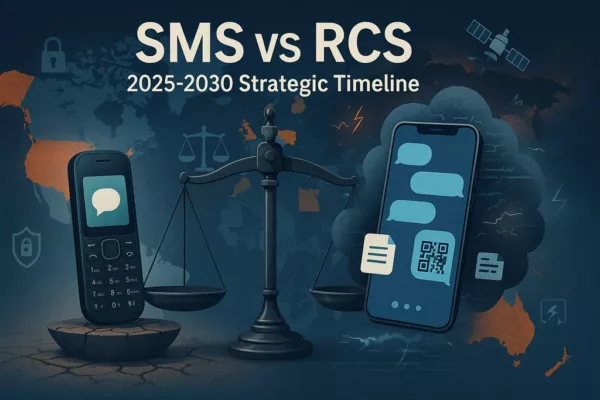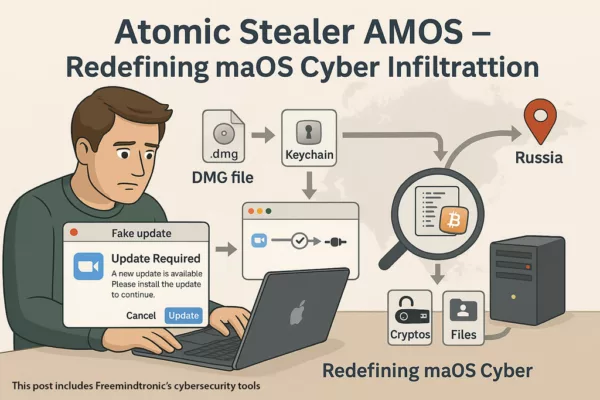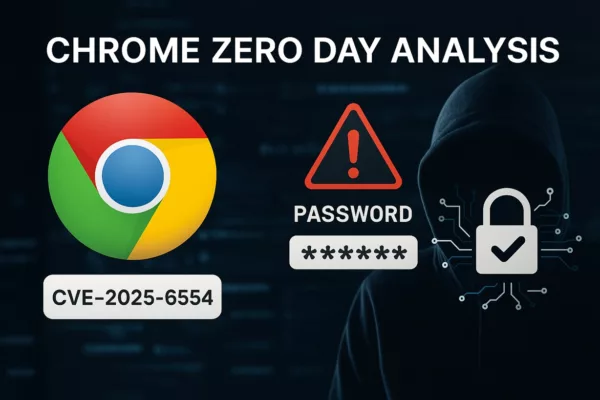DataShielder Defense NFC HSM: How to Protect Your Sovereign Communications with a Revolutionary Solution The protection of sovereign entities and the enhancement of existing defense and intelligence systems are crucial challenges in today’s world. Sovereign communications, such as those between heads of state, diplomats, military personnel, or secret agents, are constantly exposed to threats of […]
Stay informed!
Join our community of technology enthusiasts! Subscribe to our newsletter and receive exclusive updates on the latest news, special offers, and tips from Freemindtronic. Stay informed on the latest technology trends, discover new products, and be among the first to take advantage of them. Sign up now by entering your email address below. Don't miss any updates from Freemindtronic!









